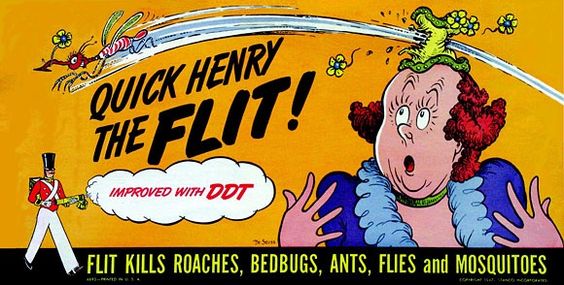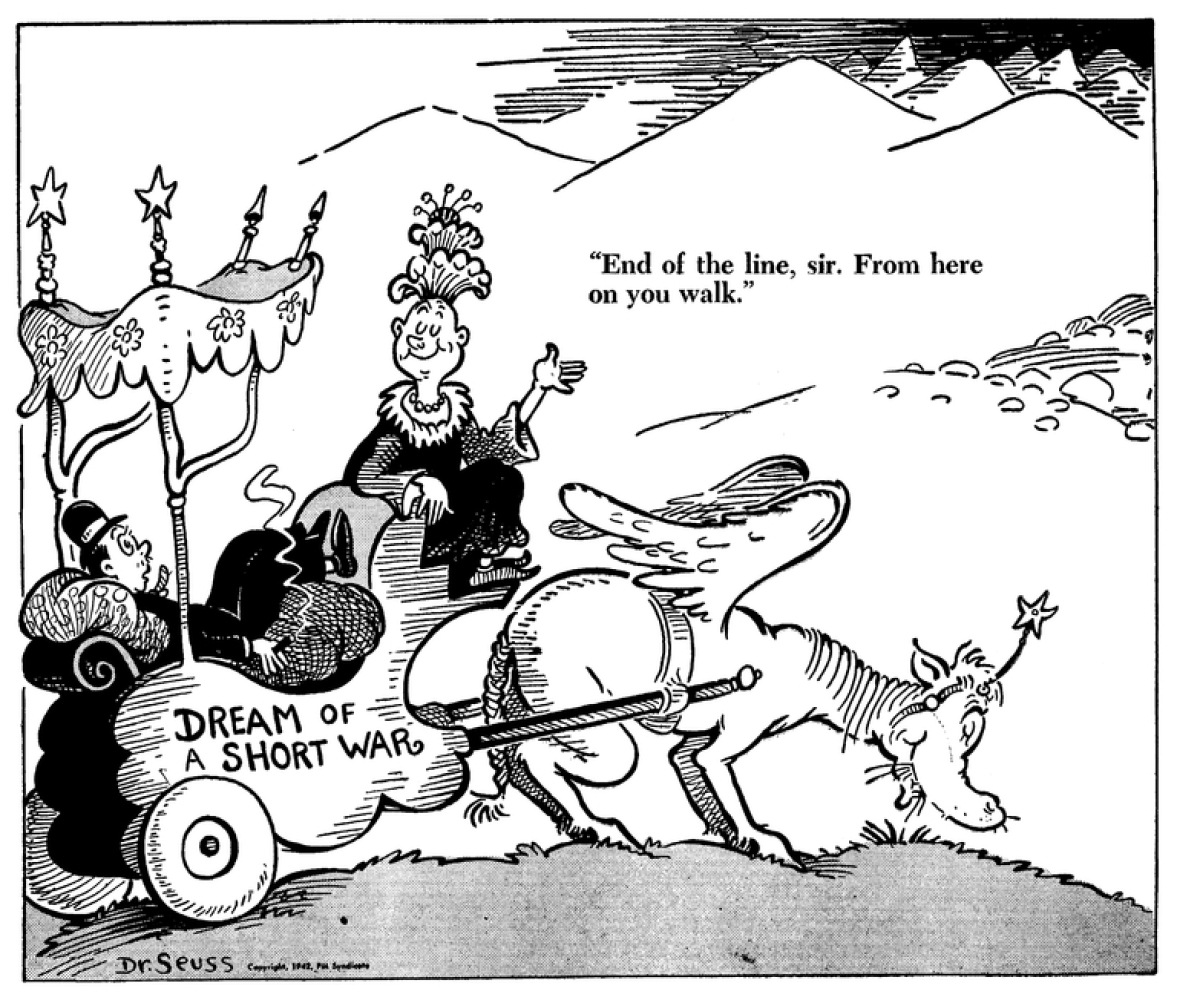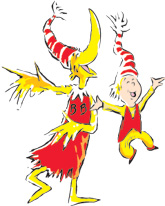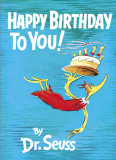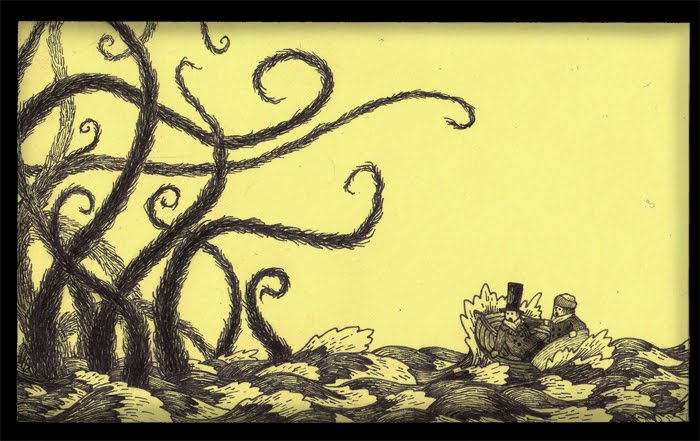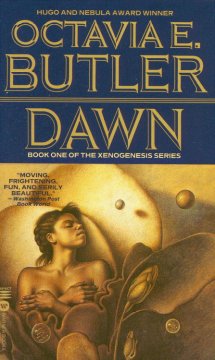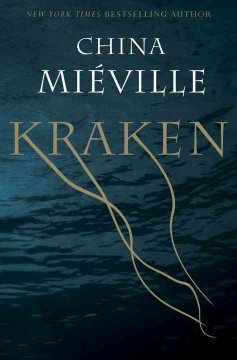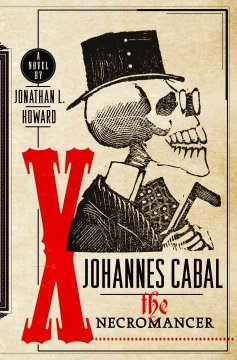Books make terrific fodder for movies and television, as we’ve often noted here. But when it was announced that Fox was adapting DC Comics’ Lucifer into a television show, there was both great rejoicing, and enormous trepidation.
This Lucifer is based on the character first established in Free-For-All Favorite Neil Gaiman’s Sandman series. He later got his very own spin-off series, written by another of our favorites, Mike Carey. This Lucifer isn’t the horned, tailed, cloven-hoof specter of puppet shows and pantomimes; instead, he’s very much based on the Devil from John Milton’s Paradise Lost–well spoken, deep thinking, and very, very opposed to be told what to do. In Gaiman’s version, however, Lucifer also grew terribly bored, not only with ruling Hell for 10 billion years, but also in the various stereotypes and assumptions about him that simply weren’t true: he never traded in souls, or manipulated people into behaving badly. So he dispersed the demons and souls who were in Hell, and locked the gates, adopting a mortal form, and moving to earth–first, Perth, in Australia, and then Los Angeles.
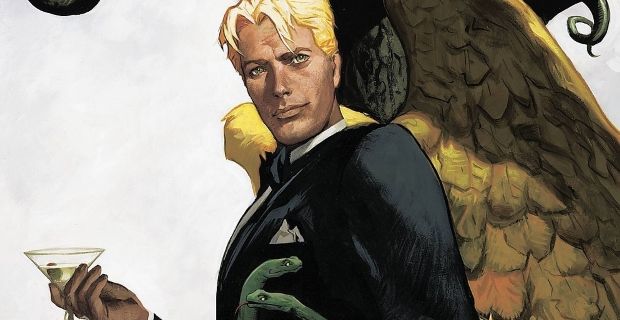
In Carey’s series, Lucifer’s retirement is harshly interrupted by the return of several otherwordly figures from his past, and the stirring of his still-simmering anger over the lack of genuine free will that exists in the universe he is forced to endure. As a result, Lucifer decides to create his own universe, where sin is not a pre-destined concept, much to the obvious concern of the legions of Heaven. The resulting series is full of epic battles, complex contests of wit and savagery, and a long-running analysis on the reality of free will and honesty.
Which is quite a lot to fit into a single hour-length television show.
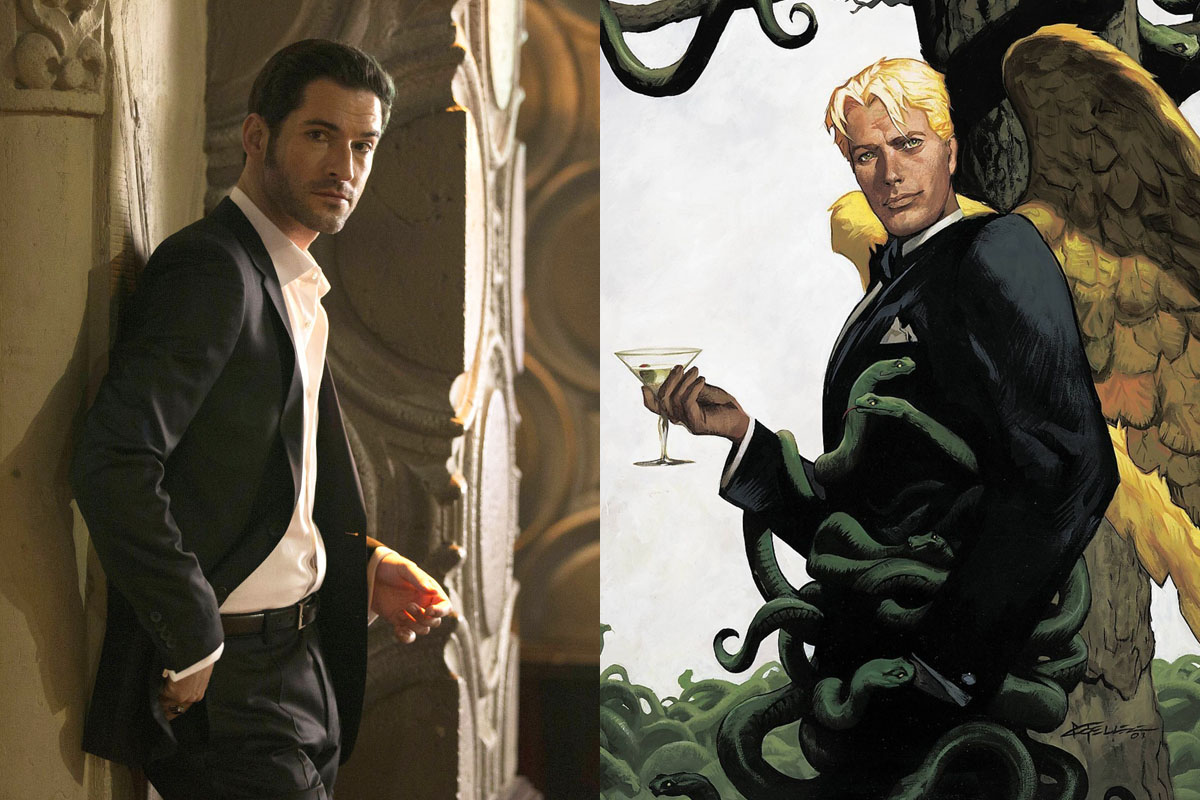 But while the good people at Fox have distilled Lucifer’s story to something more akin to a police procedural (during his “retirement”, he becomes involved with a female detective, and uses his powers for justice, if not always for good), they are making increasing use of Gaiman’s and Carey’s plotlines, concepts, and ideologies, which may be the key to saving it from being some new-fangled kind of Law and Order with angels. This Lucifer is cynical, sarcastic, hedonistic, and self-centered, but he’s still not the sleazy-car salesman of past iterations. Instead, this is a Lucifer who finds himself far more drawn to humans, to their foibles, shortcomings, and dreams, than he imagined possible. And, in his growing battle with his brother angel, Amenadiel, it becomes increasingly clear that Lucifer may have more in common with humanity than he now does with his winged-brethren.
But while the good people at Fox have distilled Lucifer’s story to something more akin to a police procedural (during his “retirement”, he becomes involved with a female detective, and uses his powers for justice, if not always for good), they are making increasing use of Gaiman’s and Carey’s plotlines, concepts, and ideologies, which may be the key to saving it from being some new-fangled kind of Law and Order with angels. This Lucifer is cynical, sarcastic, hedonistic, and self-centered, but he’s still not the sleazy-car salesman of past iterations. Instead, this is a Lucifer who finds himself far more drawn to humans, to their foibles, shortcomings, and dreams, than he imagined possible. And, in his growing battle with his brother angel, Amenadiel, it becomes increasingly clear that Lucifer may have more in common with humanity than he now does with his winged-brethren.
Still, there is a lot missing from this adaptation. And some of that is understandable, as I’m not entirely sure how Fox would go about creating a new universe. Nevertheless, as the series continues (and rating increase), it seems that there is a growing willingness to venture deeper into the pages…we finally saw the true face of Lucifer’s assistant, Mazikeen, in a final shot a few weeks back, which, to me, was the first in what I can only hope is a series of nods to those who loved Lucifer before he ever appeared on their television screens.
For those who feel some sympathy for the devil (hardy har), check out some of these selections, and see how other humans have dealt with that most interesting of villains (anti-heroes? anti-villains?).
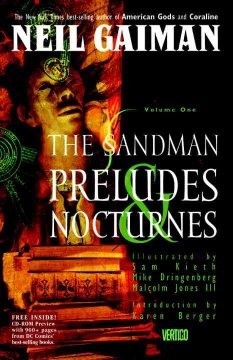 Sandman: Obviously, if you’re a fan of the show, there’s no better place to start than with Neil Gaiman’s Sandman series, which introduced the world to (this incarnation of) Lucifer Morningstar. Though Gaiman originally based Hell on the version created by Alan Moore in Swamp Thing, Lucifer himself is very much the product of Neil Gaiman’s fathomless imagination. He appears and re-appears throughout the series, and it’s a testament to Gaiman’s gifts as a storyteller that his story arc is as developed and moving as Dream’s. You can follow Lucifer on the rest of his wild journeys in Mike Carey’s Lucifer series.
Sandman: Obviously, if you’re a fan of the show, there’s no better place to start than with Neil Gaiman’s Sandman series, which introduced the world to (this incarnation of) Lucifer Morningstar. Though Gaiman originally based Hell on the version created by Alan Moore in Swamp Thing, Lucifer himself is very much the product of Neil Gaiman’s fathomless imagination. He appears and re-appears throughout the series, and it’s a testament to Gaiman’s gifts as a storyteller that his story arc is as developed and moving as Dream’s. You can follow Lucifer on the rest of his wild journeys in Mike Carey’s Lucifer series.
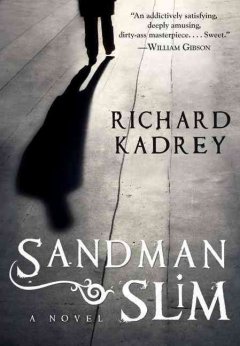 Sandman Slim: Though similar in name, Richard Kadrey’s series present a much, much different world than either Gaiman or Carey, but they are a marvel just the same; fans of noir-style novels and like their paranormal with a twist of the genuinely bizarre, look no further. James Stark, aka Sandman Slim, spent eleven years in Hell, having been banished there by some fellow members of the magic circle, the Sub Rosa to which he belonged. Having returned to LA, he is determined to have his revenge–but the LA has changed. And so has Stark. I love this series to the point of recklessness. The off-beat humor is sublime, the settings are weird and a little creepy, and so marvelously detailed that you can smell the cheap liquor on the bartops. Things only get better when Lucifer himself puts in an appearance (he is a consultant on his biopic, naturally). His exchanges with Stark are startlingly insightful, and really helped this series progress in a whole different direction.
Sandman Slim: Though similar in name, Richard Kadrey’s series present a much, much different world than either Gaiman or Carey, but they are a marvel just the same; fans of noir-style novels and like their paranormal with a twist of the genuinely bizarre, look no further. James Stark, aka Sandman Slim, spent eleven years in Hell, having been banished there by some fellow members of the magic circle, the Sub Rosa to which he belonged. Having returned to LA, he is determined to have his revenge–but the LA has changed. And so has Stark. I love this series to the point of recklessness. The off-beat humor is sublime, the settings are weird and a little creepy, and so marvelously detailed that you can smell the cheap liquor on the bartops. Things only get better when Lucifer himself puts in an appearance (he is a consultant on his biopic, naturally). His exchanges with Stark are startlingly insightful, and really helped this series progress in a whole different direction.
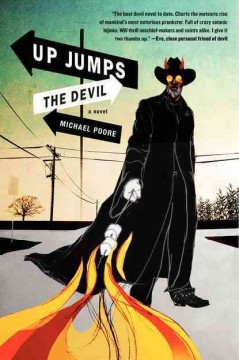 Up Jumps The Devil: This one-off novel is, as incongruous as it may sound, a love story, featuring the Devil (in this version, his name is John Scratch) and a fellow fallen angel named Arden. Having decided that the world was just too scary and violent, Arden has departed earth, and Scratch has spent millennia trying to win her back. Though ancient Egypt and the glories of the Roman Empire failed to win Arden’s approval, Scratch knows that America will be the place to win her heart, and sets out to create the perfect civilization, with the help of three musicians who sell him their souls in return for power and talent beyond their wildest dreams. But, it turns out, the Devil has quite a lot to learn, not only about humanity, but the secrets of the heart, as well. This book is a wonderful blend of humor, history, and insight that is strangely, perversely endearing.
Up Jumps The Devil: This one-off novel is, as incongruous as it may sound, a love story, featuring the Devil (in this version, his name is John Scratch) and a fellow fallen angel named Arden. Having decided that the world was just too scary and violent, Arden has departed earth, and Scratch has spent millennia trying to win her back. Though ancient Egypt and the glories of the Roman Empire failed to win Arden’s approval, Scratch knows that America will be the place to win her heart, and sets out to create the perfect civilization, with the help of three musicians who sell him their souls in return for power and talent beyond their wildest dreams. But, it turns out, the Devil has quite a lot to learn, not only about humanity, but the secrets of the heart, as well. This book is a wonderful blend of humor, history, and insight that is strangely, perversely endearing.




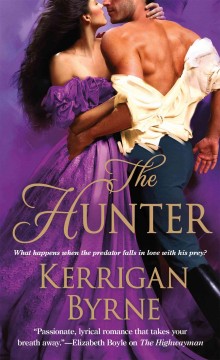

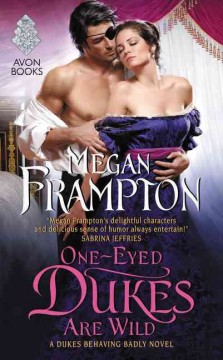
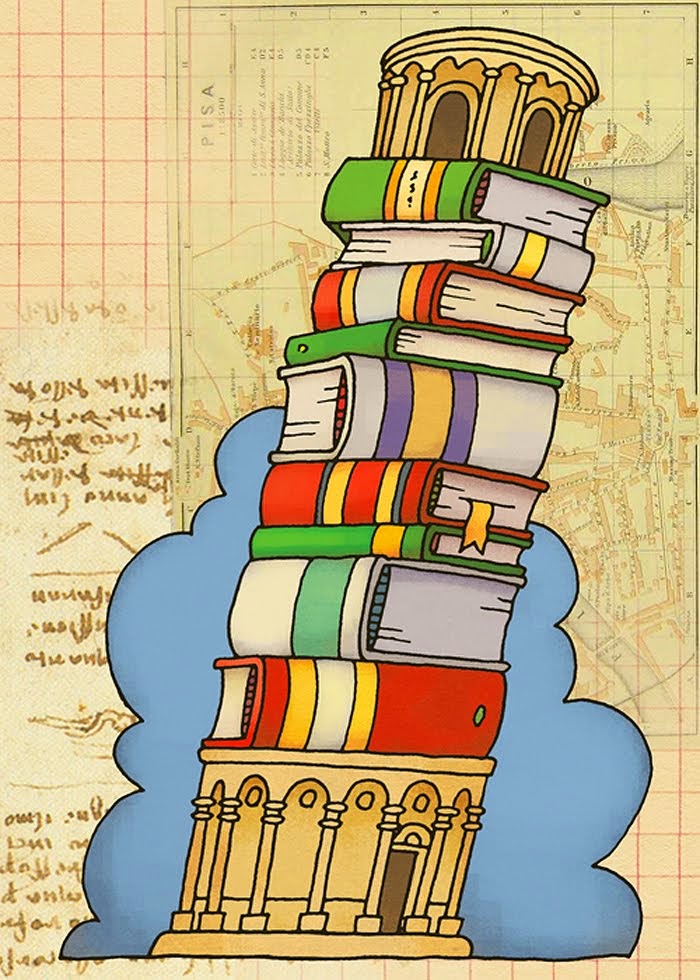
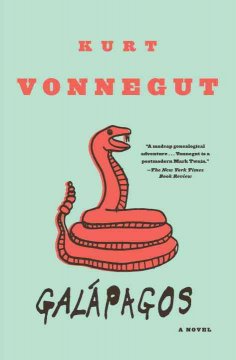

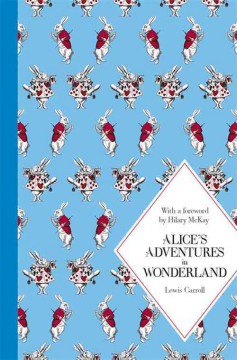
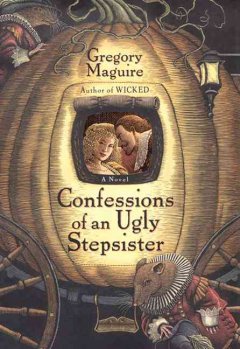
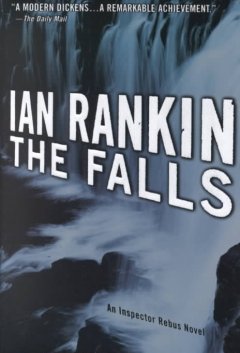
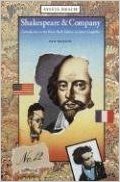



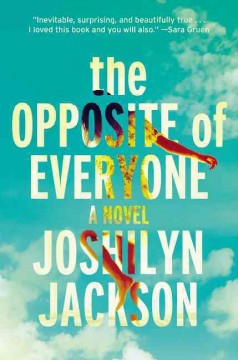
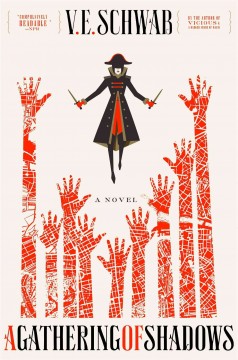

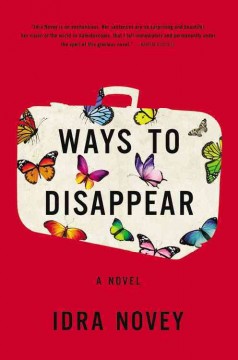
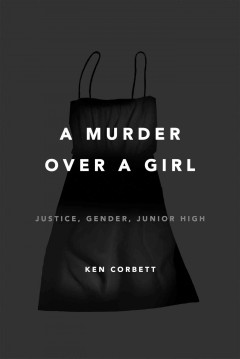
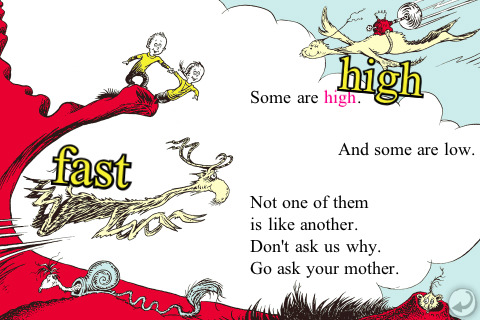
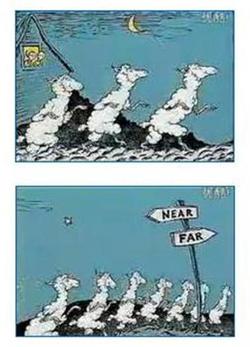
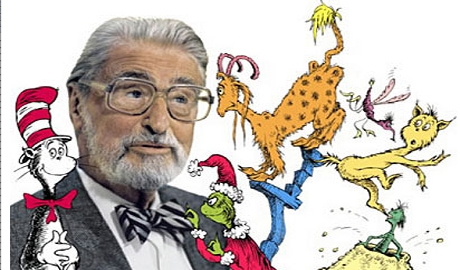 Those of you who frequent our Children’s Room will have seen the above-the-stacks display of Dr. Seuss books, featuring everything from
Those of you who frequent our Children’s Room will have seen the above-the-stacks display of Dr. Seuss books, featuring everything from 